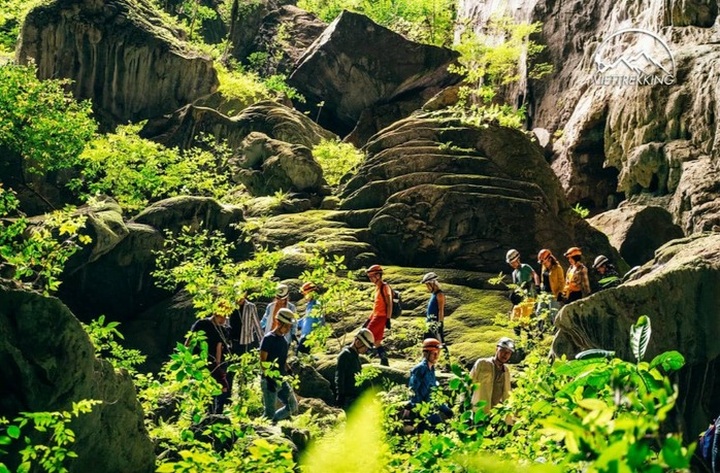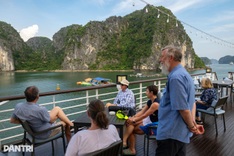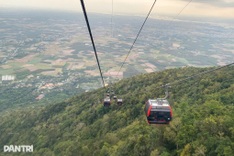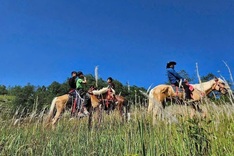
A corner of the Phong Nha-Ke Bang National Park. Photo by viettrekking.vn
The decision was made on July 13 during the 47th session of the World Heritage Committee held in Paris, France. UNESCO approved the significant boundary modification of the existing World Heritage site Phong Nha-Ke Bang National Park to include Hin Nam No National Park.
This marks Vietnam’s first transnational World Heritage site and a significant milestone in bilateral cooperation with Laos.
The two parks form one of the most outstanding and intact karst limestone landscapes and ecosystems in the world. Located at the confluence of the Annamite Mountains and the Central Indochina Limestone Belt, the site straddles the border between Vietnam and Laos.
The karst formation began in the Paleozoic era around 400 million years ago, making this one of the oldest and largest karst areas in Asia. The diverse ecosystems in the region include high-altitude dry karst forests, lowland humid forests, and extensive subterranean cave systems. Over 220 kilometres of caves and underground rivers have been recorded, many of which are of global significance.
Speaking at the event, Vietnam’s Deputy Minister of Culture, Sports and Tourism, Hoang Dao Cuong, stated that the recognition of the Vietnam-Laos transboundary site highlights the importance of global collaboration in joint heritage nominations, contributing to peace and security while deepening the strong friendship between the two nations.
Associate Professor Le Thi Thu Hien, Director General of the Department of Cultural Heritage and head of Vietnam’s expert group to the UNESCO Committee, noted that both countries will continue scientific research and establish joint management frameworks to address challenges such as tourism pressure, ecological sustainability, and heritage protection.
Phong Nha-Ke Bang National Park was designated a Special National Scenic Site by Vietnam’s Prime Minister in 2009. It was first recognised by UNESCO as a World Natural Heritage site in 2003, with a second inscription in 2015. The core area covers 123,326 hectares, and the buffer zone spans 220,055 hectares.
The park shares a natural boundary with Laos’ Hin Nam No National Park, making it a vital ecological corridor for both countries.




















